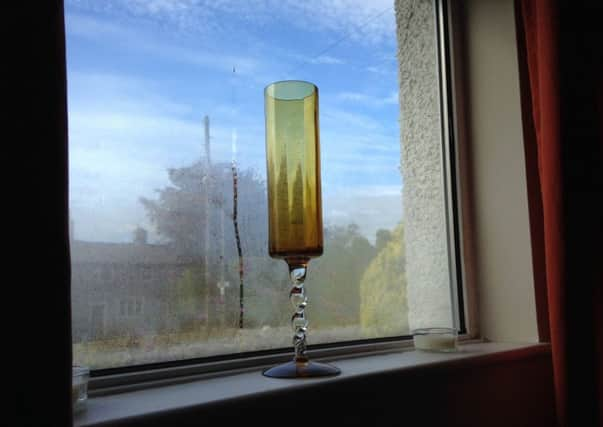How to win the battle against humidity


As the wetter weather sets in, we asked Sally Fok, co-founder and MD of EcoAir, one of the UKs leading dehumidifier specialists, to give some expert advice to homeowners plagued by damp, mould and condensation problems. Here’s what says: Humidity problems in the home are caused by excess moisture in the air, which can come from condensation, rain entering the house, leaking pipes, rising damp, moisture in construction materials, faulty seals on door or window frames, faulty damp proof courses, inadequate ventilation, high rainfall, and everyday household activities such as cooking, running baths and drying laundry.
In the UK, many of us live with too much humidity in our homes, especially in the winter months. By turning heating on and closing doors and windows, we reduce air circulation, causing moisture to become trapped indoors.
Advertisement
Hide AdAdvertisement
Hide AdOptimum indoor humidity levels are between 40-60 per cent. Any higher can be damaging to our homes and our health. Watch out for the signs of high humidity, which are: condensation, appearance of mould or mildew, rotting wood or peeling paint, musty odours, yellowish-brown water stains or fluffy white salt deposits on walls, ‘tide-lines’ along the bottom of basement or ground floor walls, allergic reactions, asthma attacks, respiratory problems or skin infections.
There are a number of quite serious health issues related to living to excess moisture. A relative humidity of 60 per cent or above provides optimum conditions for microorganisms and airborne allergens, such as dust mites or mould spores to thrive. Black mould in particular is highly toxic and can cause respiratory infections.
Our homes also suffer if humidity is too high. Excess moisture will rot wood, corrode electronics and appliances, spoil instruments or books, cause food to go stale, and trigger the proliferation of mould and mildew, which can damage wallpaper and soft furnishings, and even compromise the structural integrity of a building.
Maintaining a relatively constant humidity level indoors, between 45 per cent and 55 per cent, can bring great benefits. You can test moisture levels using a hygrometer. Any reading above 60 per cent and it is be strongly advisable to take steps to address the problem. It’s important to test all living spaces; it may be that the excess moisture only occurs in specific rooms.
Advertisement
Hide AdAdvertisement
Hide AdThe most essential measure to restore moisture levels to normal would be to invest in a dehumidifier. There are a number of very portable and affordable models available. As well as drying the air and preventing any further breeding of bacteria, a dehumidifier will help cut energy costs. The higher the humidity levels, the harder it is to heat a home, Dehumidifiers are also widely used to dry laundry quicker indoors and are far more cost- effective than using tumble driers. You should also open windows and use kitchen or bathroom vent fans every time you are cooking or taking a shower or bath. It is also vital that you try and fix the source of the humidity to ensure it does not recur and cause lasting damage.
The most important factor to consider when choosing a dehumidifier is size. Higher capacity models will suit bigger spaces and will remove moisture in a shorter period of time. If you are using the unit in a living room or bedroom, you may want to consider noise levels. Desiccant dehumidifiers tend to be quieter than compressor models. A desiccant dehumidifier works effectively from 1ºC and when running, it emits warm air, so doubles up as a heater. As such, it is particularly useful where room temperature tends to be colder or for those that require quick indoor laundry drying.
A compressor dehumidifier is the better choice for spaces where the temperature is 16°C or above – a small flat with central heating, for example. However, if the temperature falls below 15°C, the dehumidifier will need to rest for short intervals, making it less efficient. Desiccants are generally lighter, smaller and much quieter than their compressor cousins and are more eco-friendly as they do not contain harmful refrigerants.
*For more information, visit www.ecoair.org.